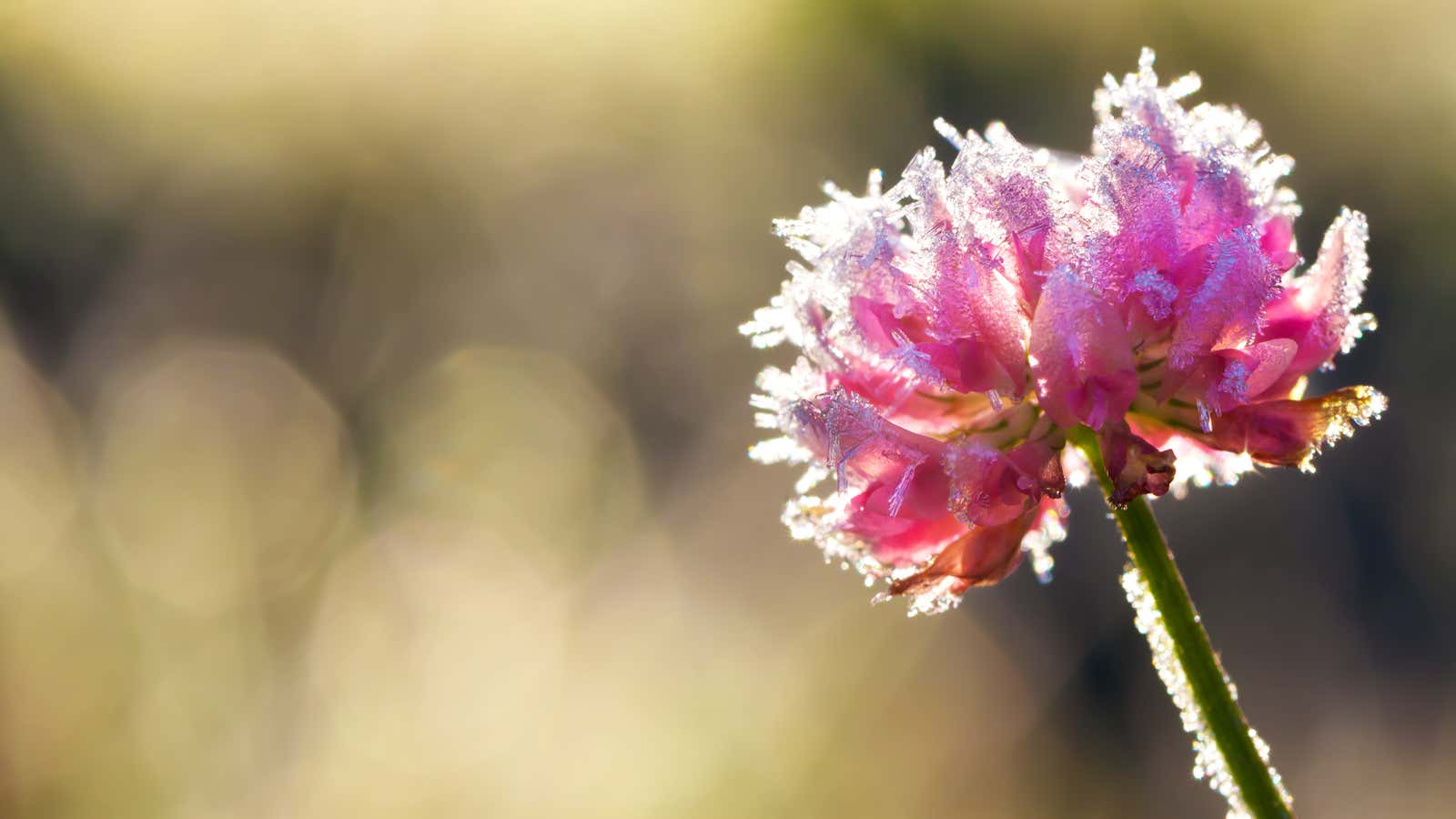What to Do If Late Frosts Have Damaged Your Plants

Spring weather can be quite erratic in many parts of the country. Today is a sunny day, and the next day there is a blizzard. If you decide to take advantage of one of these wonderful days and prepare or plant a spring garden , then wake up the next morning to find a fresh layer of frost covering your plants and / or seedlings, it can overwhelm you. But this does not mean that your garden is over. Here’s how to save plants after a late frost.
Do not panic
According to Sandra Goss, Montgomery County Master Gardner, even if after the late frosts everything in your garden seems dead, this is not always the case. In an article for the Houston Chronicle Goss detail describes what to do in such a situation, starting with the understanding that all of your spring gardening work so far had not been in vain.
Set aside pruning (for the most part)
As tempting as it may be to prune off all the dead parts of your dull plants after the frost, Goss says it’s actually a bad idea (at least until you know you saw the last frost). That’s why:
The first rule is not to prune or prune your plants until you know that the time for all frosts has passed and spring has arrived. The dead material acts as an insulator in case of future freezing. If there is frost damage, the extent will depend on the type of plant, its age and location, moisture retention in the soil, how low the temperatures have been, and for how long. Watch out for growths while pruning. Be careful not to remove living tissue that has survived freezing.
Trim the leaves of the sprouted bulbs.
If you planted your bulbs last fall, they may start germinating early enough and there is still a risk of frost. If this is the case and the leaves of the plant have been damaged by frost, Goss says they can be pruned. In fact, they may have already turned into mush. But even if you find soft leaves on your tulips, you do not need to kiss them goodbye. By state :
If the bulbs have been in the ground for a while, they probably have deep enough roots that even if the leaves do turn into mush after being peeled, new leaves will appear on them. The stem of the flower will develop independently of the leaves. Most bulbs will need to go through a cold period anyway in order to stimulate the growth of the flower stem. Until the flower buds have sprouted, they will probably be fine.
Do not overfeed or water
In situations where the plant does severely damage the leaves, Goss says you have to remember that it has the same root system as it did before freezing. No, plants don’t like it when this happens, but they can survive – they just need time to recover, explains Goss :
Give the plants time to grow new leaves at their own pace. Apply little or no fertilizer and water less than usual. Too much water can damage the roots as the plants do not have a leaf structure to absorb it.
After a year, when one disappointment succeeded another, it is nice to know that plants are also resilient.